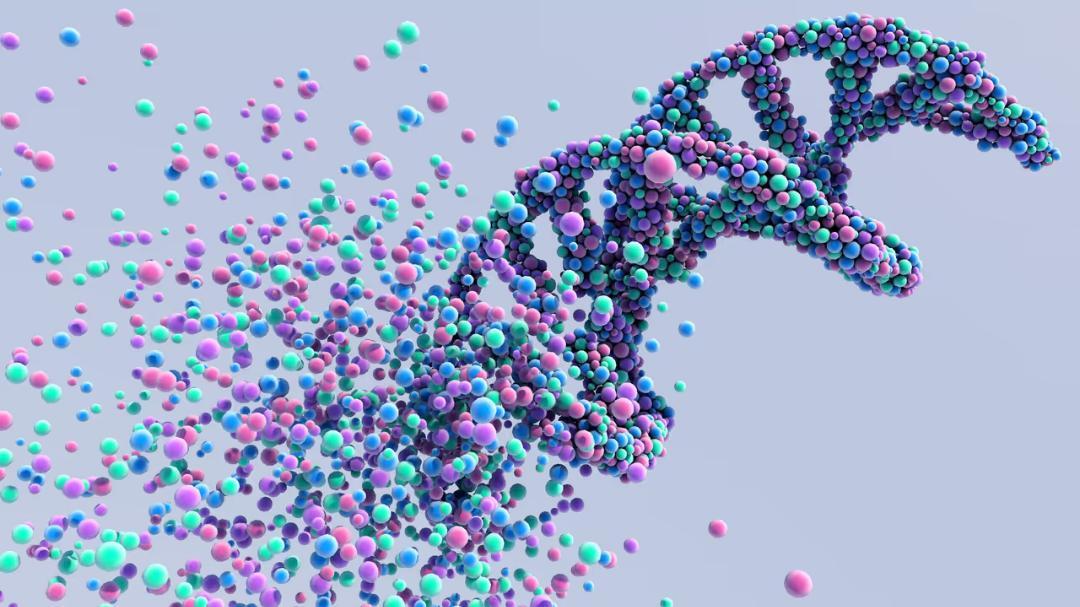
New sensor shows real-time DNA damage and repair in living cells
The field of cellular biology has taken a significant leap forward with the development of a novel fluorescent sensor that can capture DNA damage and repair in real-time inside living cells and organisms. This breakthrough, achieved by scientists at Utrecht University, has the potential to transform various areas of research, including cancer studies, drug testing, and aging investigations. The innovative tool gently binds to damaged DNA without disrupting the repair process, allowing researchers to observe the entire sequence of events as it unfolds.
DNA damage is a natural occurrence in living cells, and it can be caused by various factors such as environmental stress, errors during DNA replication, and exposure to harmful chemicals. While cells have built-in mechanisms to repair damaged DNA, an accumulation of unrepaired damage can lead to genetic mutations, cancer, and other diseases. Understanding the dynamics of DNA damage and repair is essential for developing effective treatments and therapies.
The newly developed sensor is a game-changer in this context. By providing real-time visualization of DNA damage and repair, it enables researchers to gain a deeper understanding of the underlying mechanisms and identify potential targets for intervention. The sensor’s ability to bind to damaged DNA without interfering with the repair process is a significant advantage, as it allows scientists to observe the natural repair mechanisms in action.
The implications of this breakthrough are far-reaching. In the context of cancer research, the sensor could help scientists understand how cancer cells respond to DNA damage and identify potential vulnerabilities that can be exploited for therapeutic purposes. For instance, by observing how cancer cells repair DNA damage, researchers may be able to develop targeted therapies that disrupt these repair mechanisms, ultimately leading to cancer cell death.
The sensor also has significant potential in the field of drug testing. Many drugs, including those used to treat cancer, work by inducing DNA damage in target cells. However, these drugs can also harm healthy cells, leading to unintended side effects. The new sensor could help researchers develop more targeted and effective drugs by allowing them to visualize the effects of these drugs on DNA damage and repair in real-time.
In addition to its applications in cancer research and drug testing, the sensor could also contribute to our understanding of the aging process. As we age, our cells’ ability to repair DNA damage declines, leading to an accumulation of genetic mutations that can contribute to age-related diseases. By studying the dynamics of DNA damage and repair in real-time, scientists may be able to identify potential therapeutic strategies to promote healthy aging and prevent age-related diseases.
The development of the sensor is a testament to the power of interdisciplinary research. The team of scientists at Utrecht University brought together expertise in biology, chemistry, and physics to create a tool that is both highly sensitive and non-invasive. The sensor’s fluorescent properties allow it to be easily visualized using microscopy, making it a valuable tool for researchers studying DNA damage and repair in a variety of contexts.
In conclusion, the new sensor developed by scientists at Utrecht University is a significant breakthrough in the field of cellular biology. Its ability to capture DNA damage and repair in real-time inside living cells and organisms has the potential to transform various areas of research, including cancer studies, drug testing, and aging investigations. As researchers continue to explore the applications of this innovative tool, we can expect to gain a deeper understanding of the complex mechanisms that govern DNA damage and repair, ultimately leading to the development of more effective therapies and treatments.






